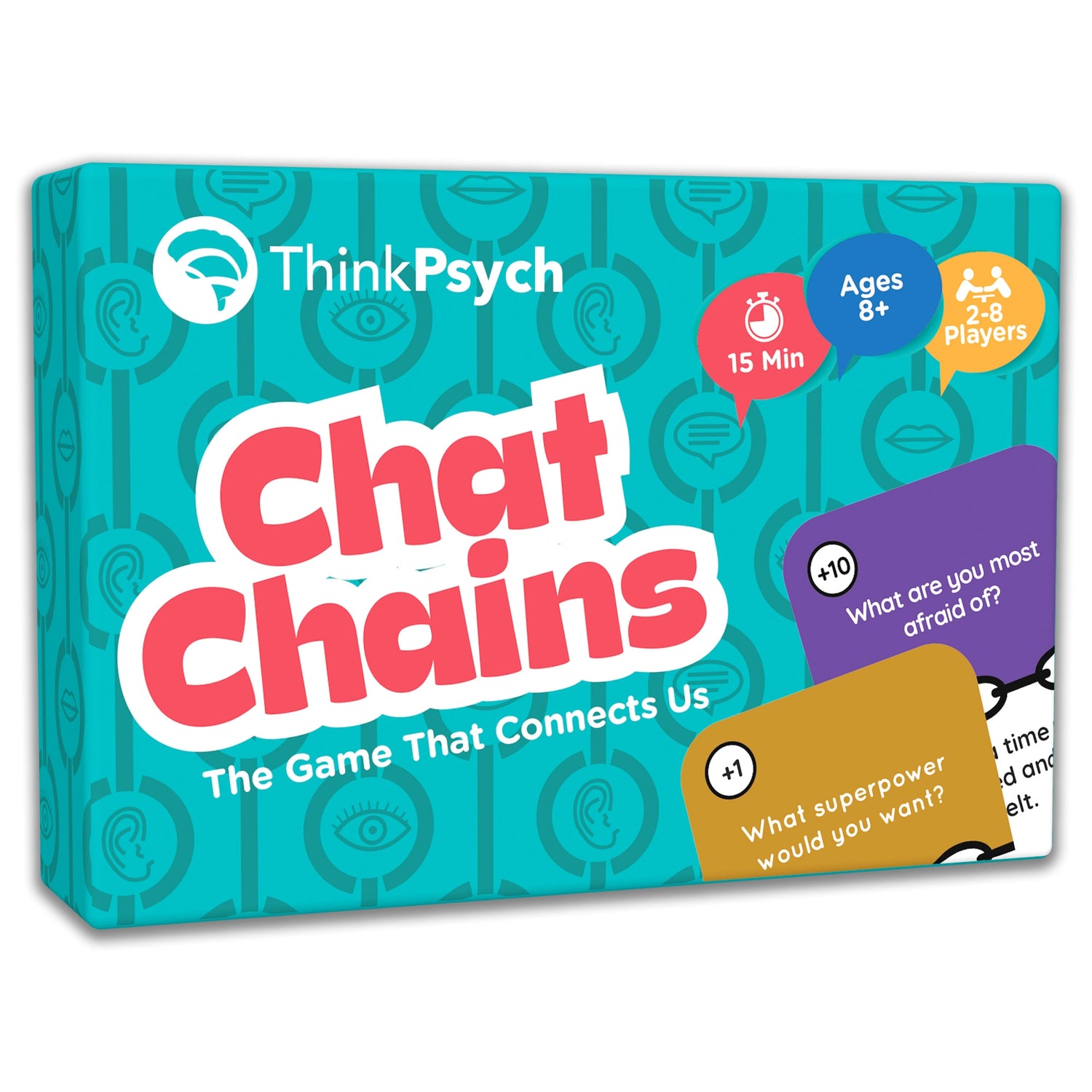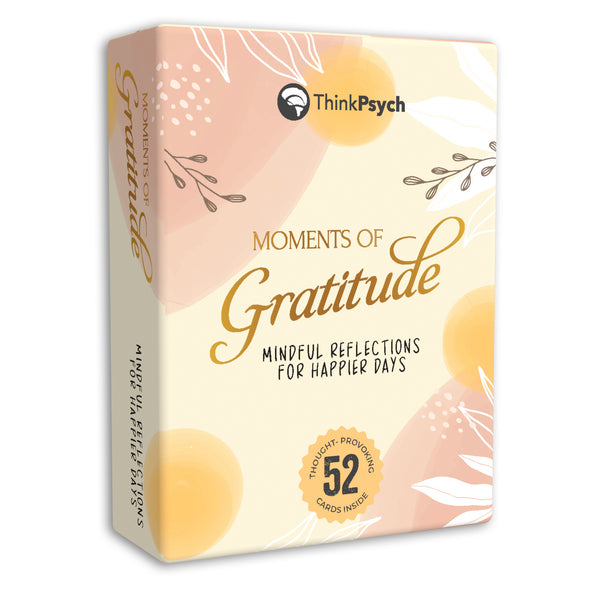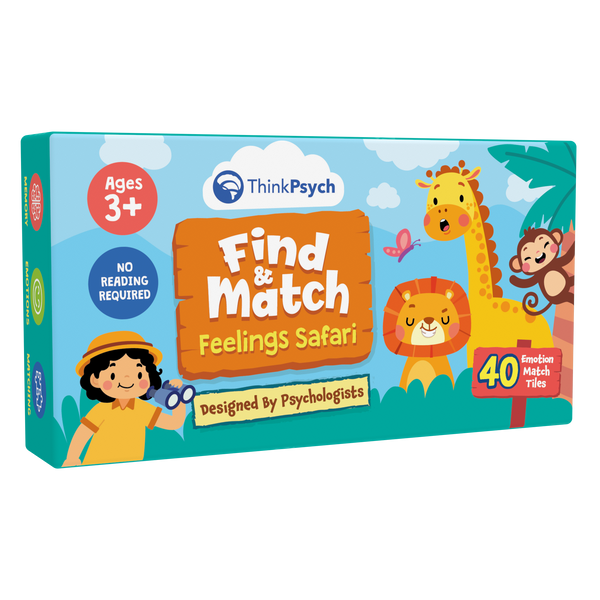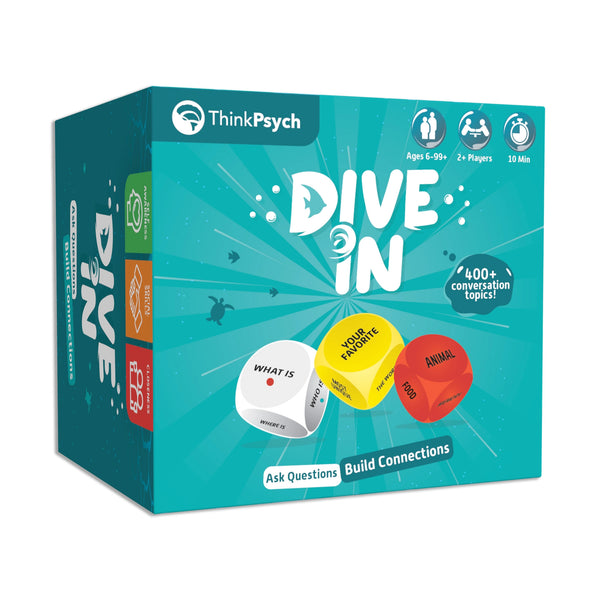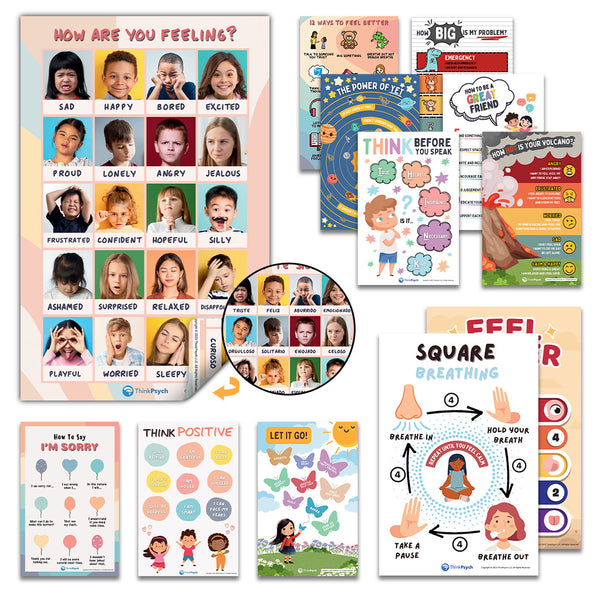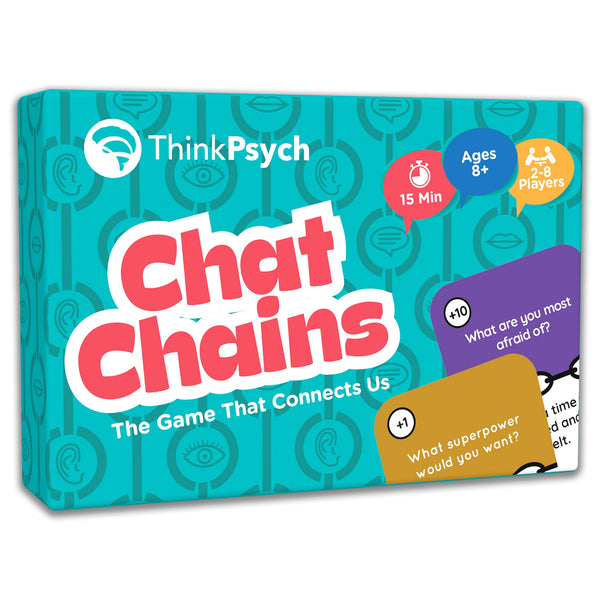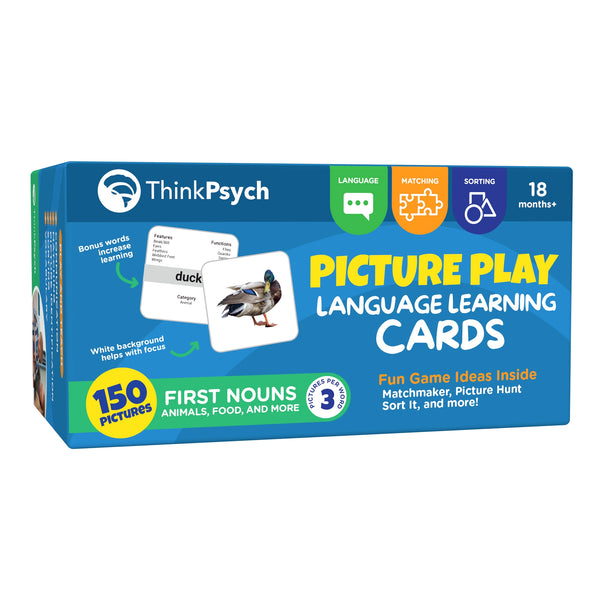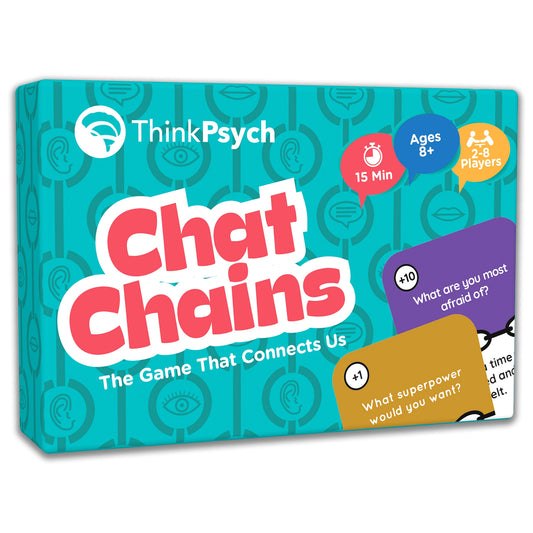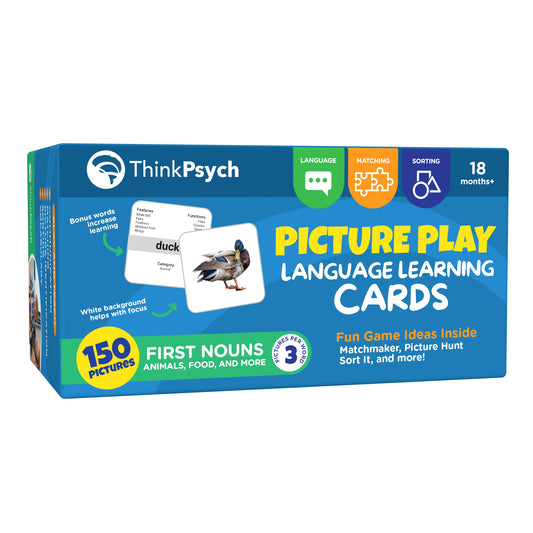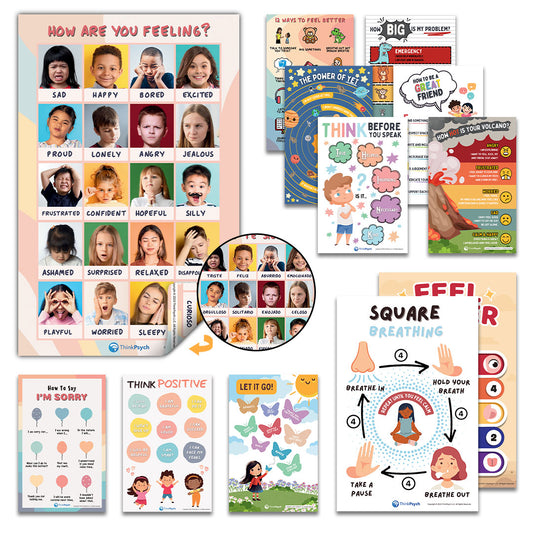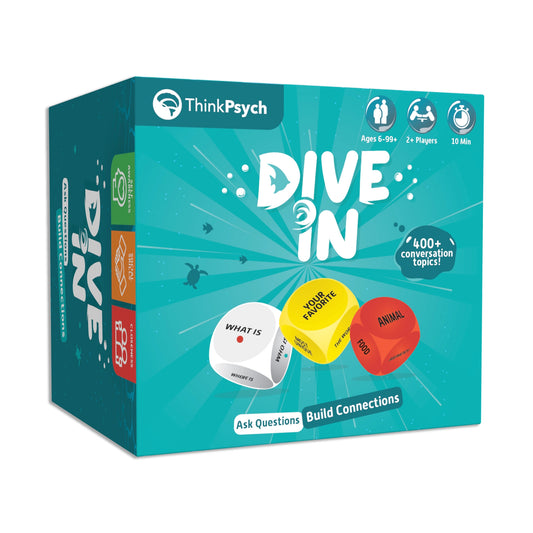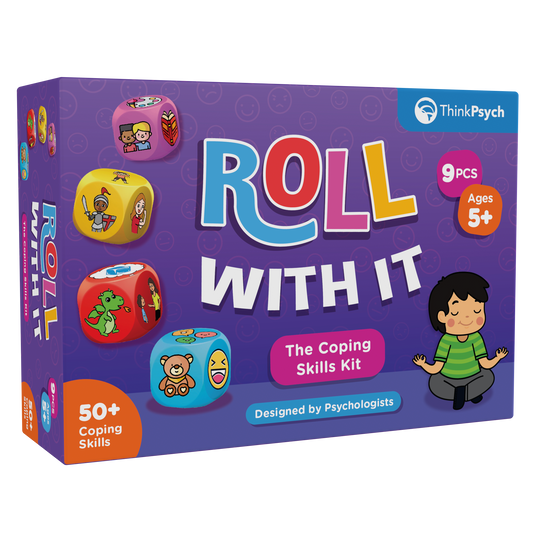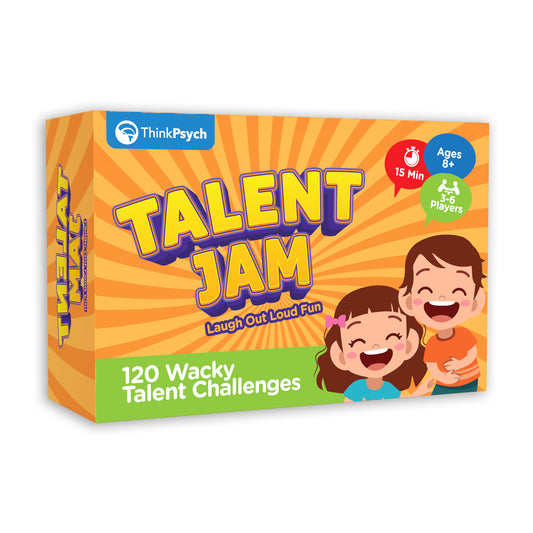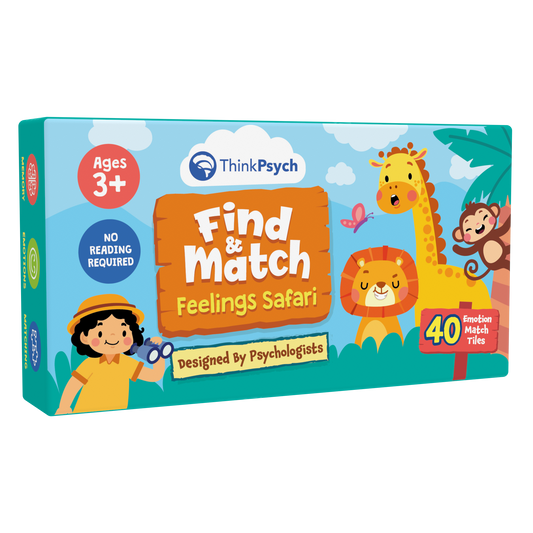
VB-MAPP - Barriers Assessment (Part 6 of 8)
Share
Part 6 of our 8-part series on administering the Verbal Behavior Milestones Assessment and Placement Program (VB-MAPP) will highlight the Barriers Assessment. If you haven’t yet read the previous sections of this guide, you should start with Part 1: Intro to VB-MAPP.
Overview of the VB-MAPP Barriers Assessment
The VB-MAPP Barriers Assessment encompasses 24 of the most common learning and language acquisition barriers. Behavior analysts and educators should complete this assessment to identify the barriers impacting their learners' ability to make meaningful progress. Understanding barriers to learning can help you develop more individualized and effective strategies and interventions for your learners.
24 Barriers
The 24 barriers within the VB-MAPP Barriers Assessment include:
- Behavior problems
- Instructional control
- Impaired mands
- Impaired tacts
- Impaired echoic
- Impaired imitation
- Impaired visual perception and matching-to-sample
- Impaired listener skills
- Impaired intraverbal
- Impaired social skills
- Prompt dependency
- Scrolling
- Impaired scanning
- Impaired conditional discriminations
- Failure to generalize
- Weak motivators
- Response requirement weakens motivators
- Reinforcer dependency
- Self-stimulation
- Impaired articulation
- Obsessive-compulsive behavior
- Hyperactive behavior
- Failure to make eye contact
- Sensory defensiveness
How to Get Started
The first step to completing the barriers assessment is to ensure you have completed the Milestones Assessment of the VB-MAPP. You’ll need to have a solid understanding of your learner’s verbal behavior skills, which you can gain by assessing the verbal behavior milestones.
Materials Needed
You shouldn’t need additional materials to assess the barriers. Most, if not all, of the items of this assessment, can be scored based on observations and data compiled while completing the Milestones Assessment. For VB-MAPP Milestones materials, check out our language learning cards.
Completing the Assessment
When you’re ready to begin, read each barrier and review the criteria for scoring. You will assess each barrier on a scale of 0 to 4. For example, the first barrier is “negative behaviors.” If your learner does not demonstrate any significant challenging behaviors, you will score a 0. If they frequently exhibit several behaviors that are a danger to themselves or others, such as aggression or self-injury, score a 4. The assessment clearly outlines the specific criteria for scoring each item.
Scoring the Barriers
Use the barriers grid in your VB-MAPP protocol to score each item. In the top right section, locate the key. On the 1st test row, fill in the date, the color you’ll use, and your initials. Then, as you assess each item, color the boxes in the corresponding column based on the score assigned. Using the previous example, if you scored a 4 for negative behaviors, you would color in 4 boxes under “Behavior Problems” in the barriers grid using the color you selected. Count all the boxes and record the total score in the corresponding box in the upper right section of the grid.
Reassessments
Follow the same procedure for completing reassessments. The only difference is that you will use a different color to visually represent progress. In the upper right section, on the 2nd test row, write the reassessment date, use a new color, and record your initials. Then, complete the assessment and calculate the new score.
Scoring Examples
Consider the following examples of how you would score the barriers assessment using fictional client scenarios.
Barrier #3: Absent, weak, or impaired mand repertoire
Shop ThinkPsych Products
Your client can mand using the sign for “more,” but has no other functional mands. He engages in screaming and hitting to communicate his desire for items and activities. You would assign this client a score of 3 out of 4 for impaired mand. On the assessment, a 3 for impaired mands states, “Mands are very limited, are prompt bound, are rote, scrolling occurs, responses do not match the motivating operations, negative behaviors function as mands, or excessive or inappropriate mands occur.”
Barrier #11: Prompt Dependent
Your client’s acquisition rate for learning new skills is fast. You are able to fade prompts quickly. Therefore, you would assign a score of 0 out of 4 on prompt dependency. Per the assessment, a score of 0 indicates that the learner consistently learns new skills and does not show signs of prompt dependency.
Barrier #24: Sensory Defensiveness
Your student is sensitive to loud sounds. He covers his ears when he hears the fire alarm or school bells. However, he doesn’t engage in challenging behaviors when loud sounds occur, and he recovers quickly following unexpected loud noises. In this case, you would assign a score of 1 for sensory defensivenes, indicating “Adults begin to notice that sensitivity to various sensory stimuli is different from that of other children.”
Monitoring Progress
A higher score on the Barriers Assessment indicates the learner has more barriers impacting their ability to acquire language. Ideally, as therapy progresses, you should see a decreasing score on this assessment. As you implement individualized interventions to target barriers, they should decrease, allowing for improved skill acquisition.
Next Steps
Once you have completed and analyzed the Barriers Assessment, the next step is to complete the Transitions Assessment. To determine whether the Transitions Assessment is appropriate for your learner, consider the following:
- Are they of (or nearing) school age?
- Does the family and/or treatment team want the child to transition to a less restrictive environment?
References
Sundberg, M. L. (2014). The verbal behavior milestones assessment and placement program: The VB-MAPP (2nd ed.). Concord, CA: AVB Press.
